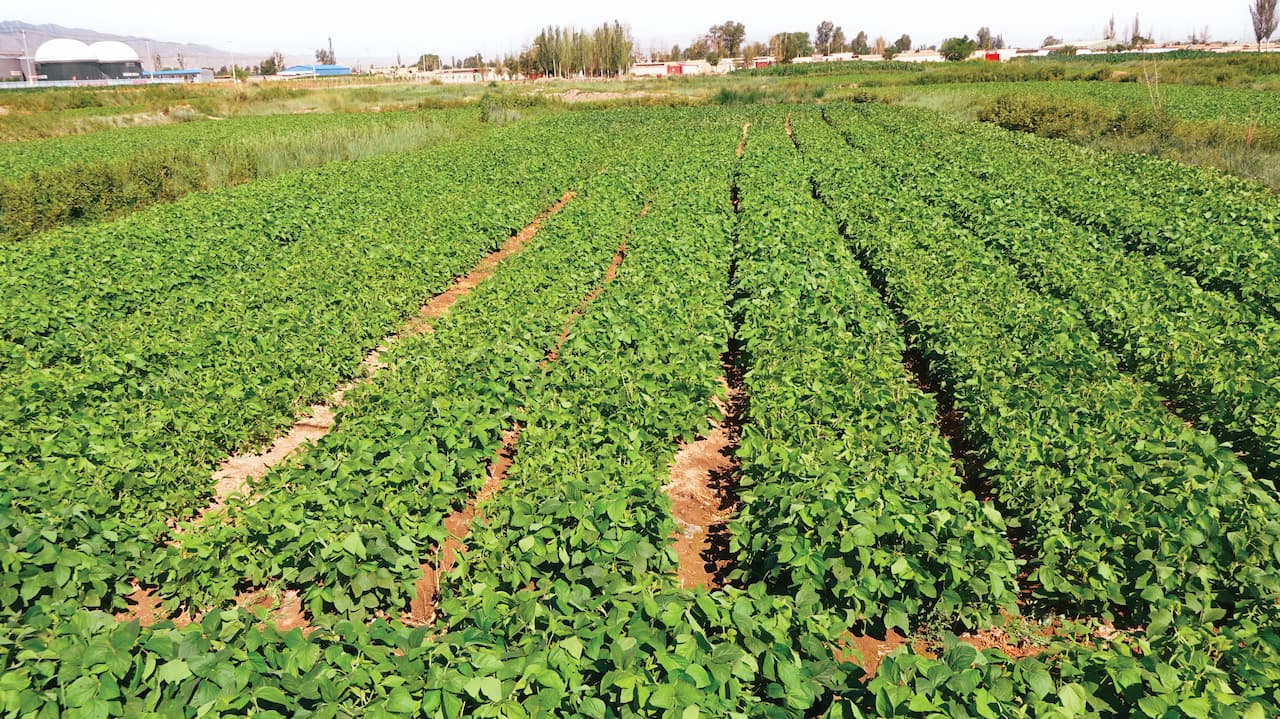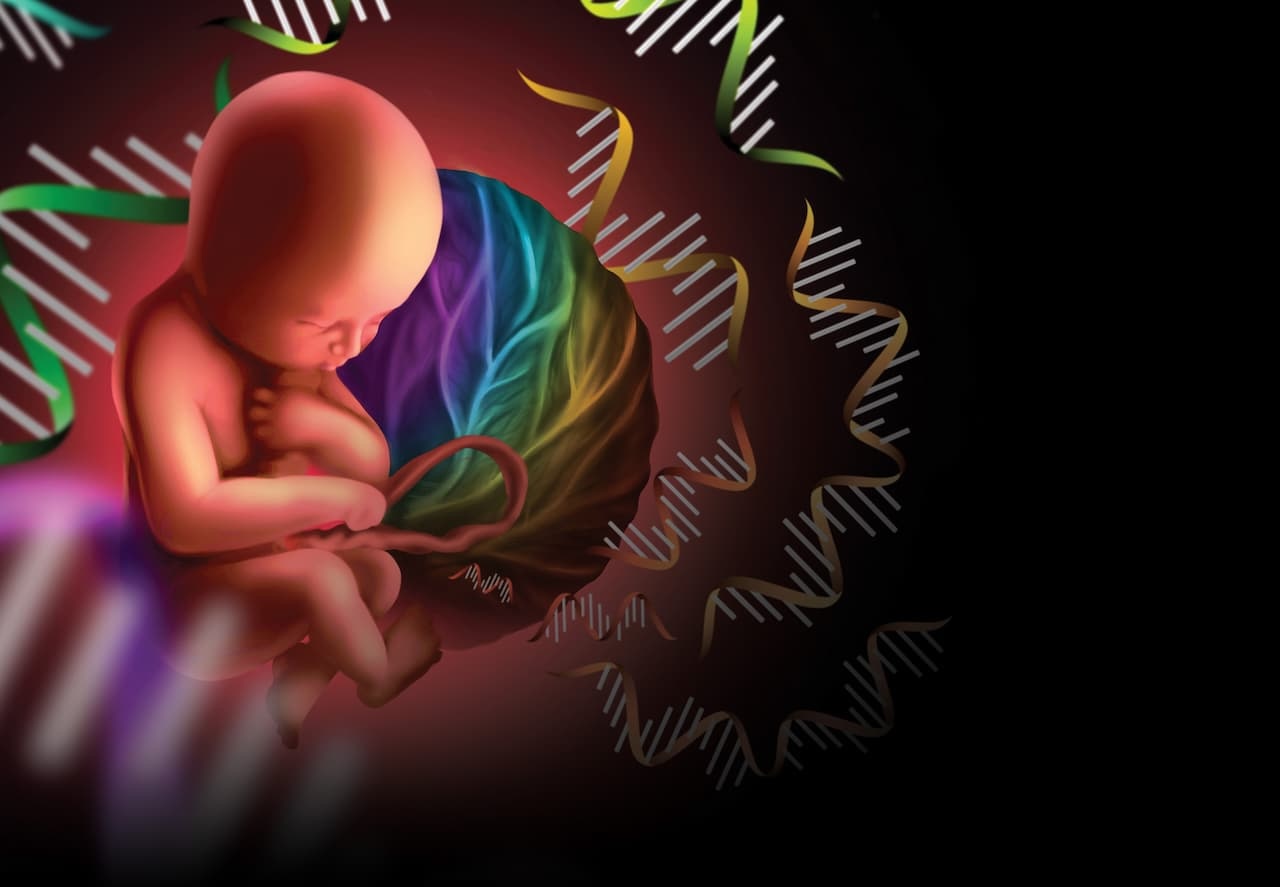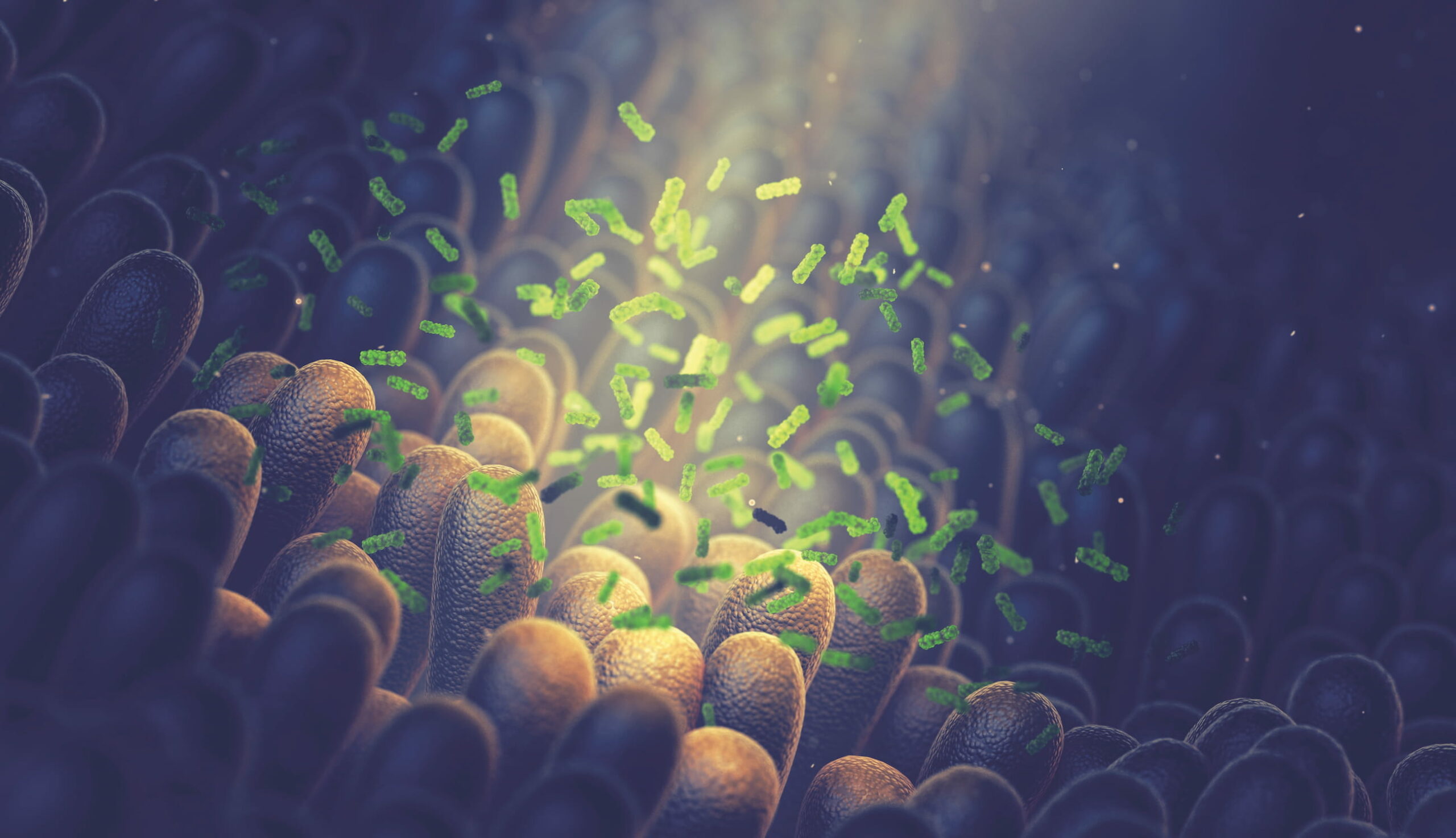The UN Sustainable Development Goals (SDGs) are an important framework for CUHK to organise its research enterprise. Life Sciences Professor Lam Hon-ming’s research into climate smart soybean cultivation on marginal land is impacting multiple SDGs – from ending hunger, to improving nutrition and food security, to halting and reversing climate change, restoring degraded land and promoting gender equality. As Director of the State Key Laboratory of Agrobiotechnology at CUHK, he is also leading groundbreaking experiments in space.
Humanity’s challenge
In an era when climate change and extreme weather threaten the survival of smallholder farmers everywhere, CUHK is renowned for work led by Professor Lam Hon-ming on the soybean and how to improve its climate resilience.
Using advanced genomic and genetic studies, Professor Lam’s team pioneered genomic research on soybean seed resources. By decoding the genomes of 31 wild and cultivated soybeans, and with subsequent detailed analysis, they discovered the most important gene for salt tolerance. In collaboration with breeders in mainland China, this information was successfully used to breed three new non-GMO soybean cultivars with double tolerance for drought and salt.
Soybean cultivation is part of the climate change solution for sustainable agriculture because the soybean can perform nitrogen fixation. It converts atmospheric nitrogen into organic nitrogen which enriches depleted soil and benefits other crops in the same field. By contrast, artificial nitrogen fertiliser is highly energy-demanding and can release nitrous oxide, a greenhouse gas whose warming effect is about 300 times that of carbon dioxide. CUHK is working to increase soybean’s nitrogen fixing capacity whilst also reducing the need for fertilisers that can harm the environment and, by increasing particulate pollutants, people.
Another reason for the CUHK team’s interest in soybean is its nutritional value. Soybeans, which are 38-40% protein, account for nearly 70% of the world’s plant protein. In poor regions where people are malnourished and cannot afford animal meat, soybeans can provide sufficient protein.
Professor Lam started his soybean project in 1997, focusing on the dry, salty province of Gansu in China’s northwest. Seeds from CUHK’s three new cultivars were distributed free of charge to poor smallholder farmers there. By 2022, the cumulative planting area had reached 55,333 hectares, adding about 69 million yuan to local farmers’ income and contributing to poverty alleviation in that region.
Sharing discoveries

Professor Lam sees his role as bringing together experts in different aspects of life sciences and organising part of their time and effort around research projects that will make an impact. “Soybean is one of them. But I believe our soybean research should radiate to other understudied (‘orphan’) legumes because a single crop cannot save the world. We need diversity, with different crops in different regions, to keep the entire food chain going.
“I learned from a mainland colleague that, in agricultural research, a paper is not written in a journal, it’s written on the land. I needed to leap from the laboratory to the land to substantiate my research. The only possible way was through collaboration.
“I did genomic studies in collaboration with Shenzhen-based genomics specialist BGI; Professor Zhang Guohong of the Gansu Academy of Agricultural Science did plant breeding and field surveys. We used this unique combination of advanced molecular biotechnology and traditional breeding to solve a real-world problem. During many visits to Gansu, I also drew on the wisdom of farmers planting our seeds.”
Overcoming hurdles
Finding funds for fieldwork has always been a challenge. “I did receive some scientific research grants, but these were not for direct agricultural application. That’s why I’ve used some of my own salary to kickstart various projects.
“Recently, I’ve given money to build fences in a drought-stricken, underprivileged village in South Africa that will enable farmers there to start cultivating our drought-tolerant soybean and other crops. My South African collaborators hope that by using one village as a starting point, they can show that agriculture can increase local incomes. This may help to relieve serious unemployment among their youngsters.”
In Pakistan, Professor Lam has started a project to test the heat tolerance of his soybean cultivars. An additional aim is to help local Muslim women acquire agricultural knowledge that may improve their social status.
Experimenting in space
“We are combining advanced agricultural technology with aerospace technology to develop new strategies for agricultural field applications and food security.”
— Professor Lam Hon-ming
In May 2023, Professor Lam and his team became the first to launch a Hong Kong agricultural research project into space. With support from the China Manned Space Agency, they sent rhizobia (soybean nitrogen fixing bacteria) samples to the Chinese space station Tiangong, in collaboration with the China Resources Research Institute of Science and Technology and Shenzhou Space Biotechnology Group.
The professor sees it as a rare chance to escape terrestrial limitations and, under conditions of microgravity and space radiation, experiment with genetic variations to increase the bacteria’s nitrogen fixing ability. This could help to reduce use of chemical nitrogen fertiliser, improve soil quality and, ultimately, boost crop yields. “Through this project, we are combining advanced agricultural technology with aerospace technology to develop new strategies for agricultural field applications and food security. We hope these new horizons in agrobiotechnology will benefit farmers and communities in China and around the world.”











